Who Were the First Europeans to Reach the American West?
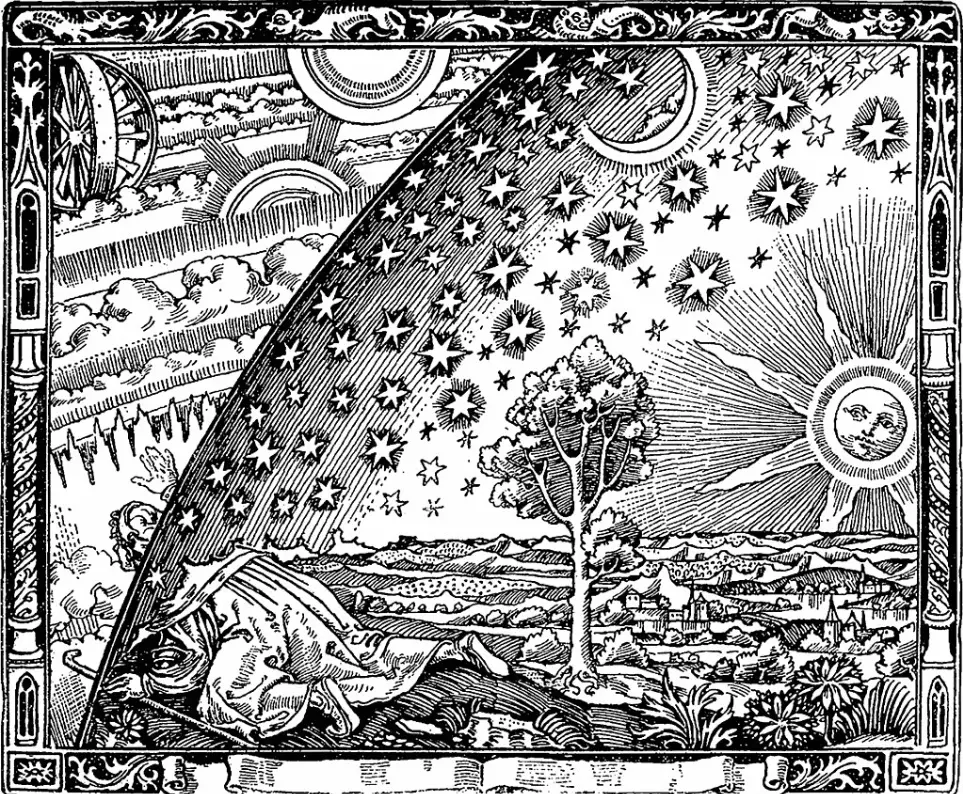
Through the Dark and Middle Ages (500 AD – 1400) there was mainly one thing that controlled the lives and imagination of all Europeans: the Catholic Church. The Protestant Reformation changed this. The freedom to think and to believe gave rise to the Renaissance. Men dared to believe they might influence or have control of their own lives. They began to explore…literally.
Two early competitors in exploration outside Europe were neighbors: the Portuguese and the Spanish. The Portuguese started exploring down the African coast. Later, they went farther east into the Indian Ocean looking for trade routes.
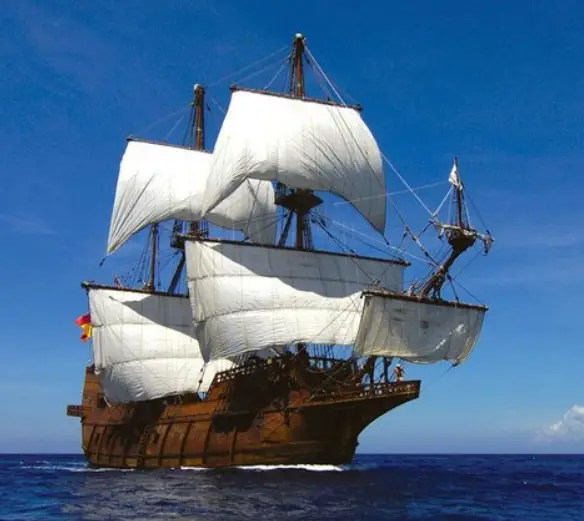
Photo – Wikimedia Commons
The year of 1492 was important for more than one reason. That year, Vasco da Gama, sailing for Portugal, headed east and eventually reached India. He returned to Portugal and reported there was great wealth to be had in jewels and spices of all kinds. That same year, Christopher Columbus, sailing for Spain, headed west. He also wanted to reach India. Instead, he reached the Bahamas, Cuba, and Haiti. He returned with tales of native peoples. He did not bring back gold or silver, but he did return with things not seen in Europe before: Sweet corn, potatoes, and tobacco.
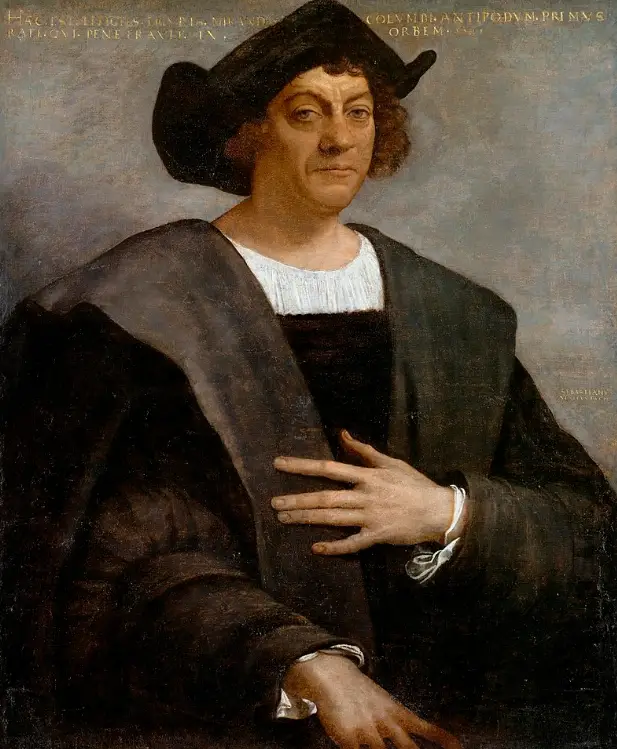
Source – Wikimedia Commons
The race for control and “market share” was on. The Spanish increased their efforts. They wanted to capitalize, literally, on what Columbus had found. In 1521, Hernando Cortes gained control of Aztec gold and silver in Mexico. The following year, Francisco Pizzaro overpowered the Inca empire in Peru.
In 1526, five years after Cortes’ conquests in Mexico, Spain sent a small army of 600 men to establish settlements, military posts, and gain control of a land that started to be called: America. This expedition was led by Panfilo de Narvaez. The navigator and second in command of the expedition was Alvar Nunez Cabeza de Vaca.
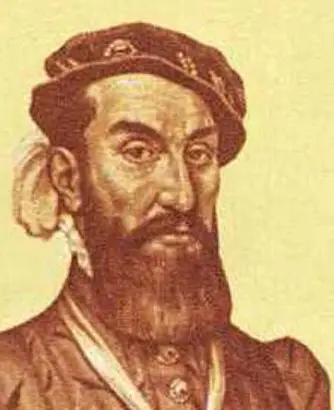
Source – Wikimedia Commons
What unfolded after this was a long story of misfortune and survival. The expedition landed in Florida. As they moved west, they were hit by bad weather (i.e. hurricanes), strong ocean currents in the Gulf of Mexico, being shipwrecked, attacks from local tribes, sickness, and many deaths. As they kept pushing west, the expedition got smaller and smaller.
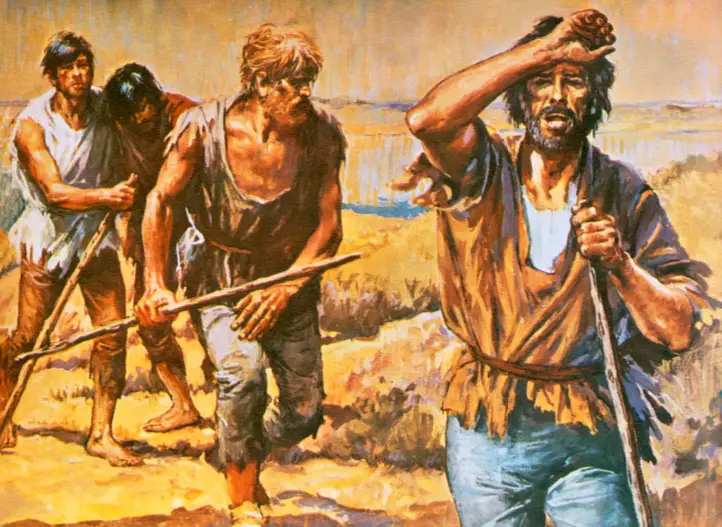
Source – Wikimedia Commons
Cabeza de Vaca and his small group of survivors were the first Europeans to see and experience the American West. Just a few years after Cabeza de Vaca made it back to “civilization,” another Spaniard pushed even deeper into the American West. It was: Francisco Vázquez de Coronado.
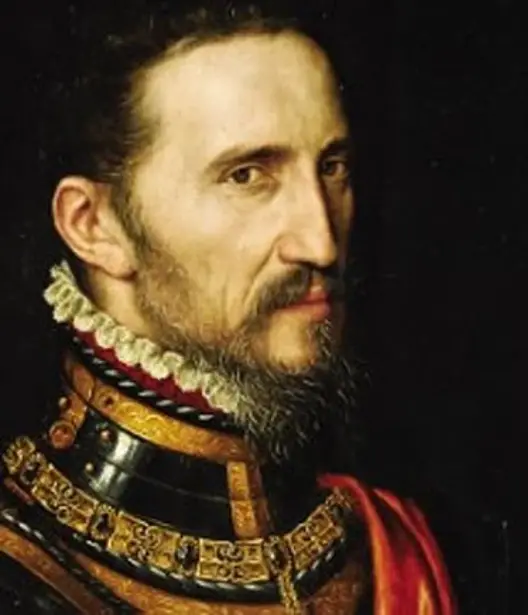
Source – PBS.org
Coronado heard stories about seven cities north of Mexico on the American plains. These cities were said to be filled with gold. These were the Seven Cities of Cibola, a myth dating back to the 8th century. Coronado left Mexico and headed north with a force of over 2,000 men. He was determined to gain fame by finding and capturing the wealth of cities of gold.
After two years, Coronado did not find the Seven Cities of Gold. But he did make it farther north into Texas than Cabeza de Vaca did. Archeologists and historians now agree that Coronado made it as far north as Oklahoma and even into Kansas.

Source – Wikimedia Commons
These expeditions brought stories and knowledge back to Europe about beautiful and untamed country. In 1598, forty years after Coronado, Spain formally began to colonize the American West. Juan de Onate led 500 people up from Mexico City and settled in an area near present-day Santa Fe, New Mexico. Later, in the early and mid-1600’s, the coastal area we now call California began to be settled by more and more immigrants from Spain.
These were the first Europeans to reach the American West.
